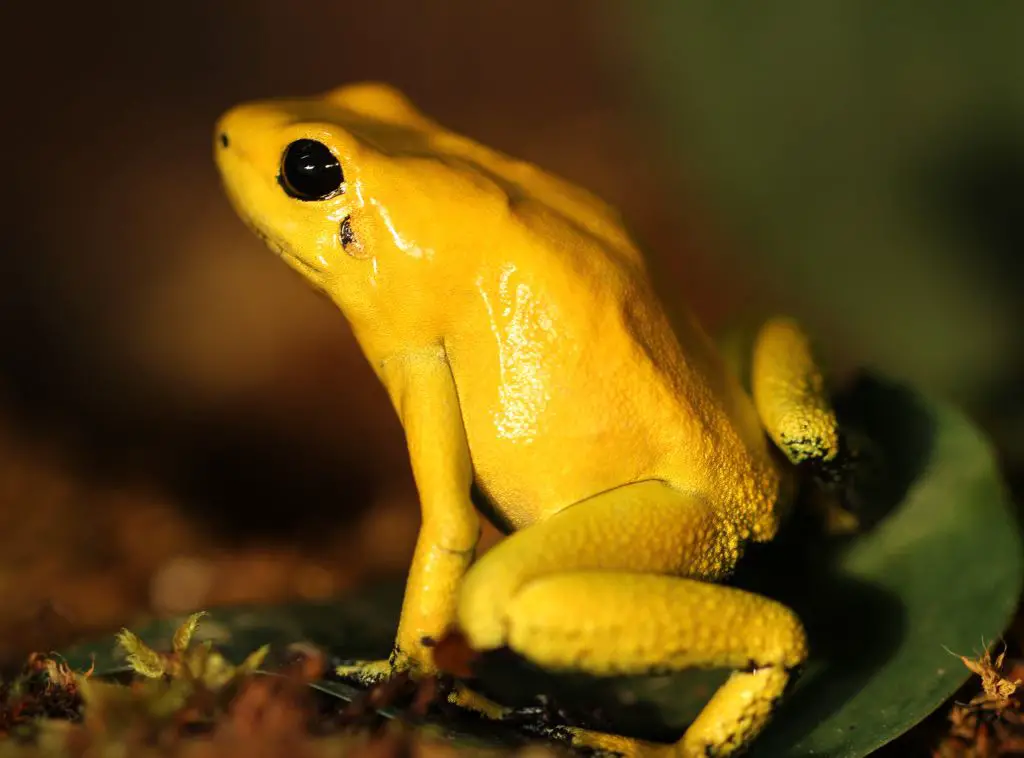Welcome to the fascinating world of poisonous dart frogs! These colorful amphibians have captivated scientists and enthusiasts alike with their unique adaptations that have allowed them to thrive in their habitats. In this blog post, we will explore the most intriguing and effective adaptations that these tiny but deadly creatures possess. From their vibrant colors to their potent toxins, get ready to dive into the lethal beauty of these remarkable creatures.
Poisonous Dart Frog Adaptations
A Splash of Color – Warning Predators to Stay Away
One of the most striking features of poisonous dart frogs is their vibrant and diverse colors. This is not just for show; their bright coloration serves as a warning signal to potential predators. In a process called aposematism, the frogs’ bold hues let predators know that they are toxic and should be avoided. This defense mechanism has allowed dart frogs to survive and flourish in an environment full of threats.
Potent Poisons – A Lethal Cocktail for Enemies
Poisonous dart frogs get their name from the powerful toxins they produce. Indigenous people in Central and South America have long used these toxins to coat the tips of their blow darts, giving the frogs their notorious moniker. The most toxic of these frogs, the golden poison dart frog (Phyllobates terribilis), has enough poison to kill 10 adult humans. While the exact process by which dart frogs produce their toxins is still not completely understood, it is believed that they sequester chemicals from the insects they consume and convert them into potent poisons. This adaptation provides them with an effective deterrent against predators.
Perfectly Sized for Their Environment
Poisonous dart frogs are small creatures, with most species measuring between 1.5 to 5 centimeters in length. This compact size allows them to navigate through their dense forest habitats with ease. They can squeeze into tight spaces, climb trees, and perch on leaves, allowing them to evade predators and catch their insect prey. Their small stature also means they require less energy to survive, making them more energy-efficient than larger animals.
🔬 Subscribe to SciMail
Get the latest science discoveries straight to your inbox!
Masters of Camouflage
Although their vibrant colors may seem counterintuitive for camouflage, some species of dart frogs have evolved to blend seamlessly into their surroundings. Species like the mimic poison frog (Ranitomeya imitator) can modify their colors and patterns to mimic other toxic species or the environment, confusing predators and providing an extra layer of protection. This incredible adaptation showcases the versatility and resourcefulness of these tiny amphibians.
Parental Care – Safeguarding the Next Generation
Poisonous dart frogs exhibit exceptional parental care, ensuring the survival of their offspring. Many species, like the strawberry poison dart frog (Oophaga pumilio), carry their tadpoles on their backs to small water-filled cavities in trees or plants, where they will develop in relative safety. In some species, the female will even lay unfertilized eggs in these nurseries to provide a food source for the growing tadpoles. This level of parental investment is rare among amphibians and is yet another example of the remarkable adaptations that have allowed dart frogs to thrive.
Poisonous dart frogs are captivating creatures with an array of unique adaptations that have enabled them to survive and flourish in their natural habitats. From their vivid warning colors to their potent toxins, these small but mighty amphibians showcase the incredible diversity of life on our planet. As we continue to study and learn from these fascinating creatures, we can gain a deeper appreciation for the complexity and beauty of the natural world.





Leave a Reply